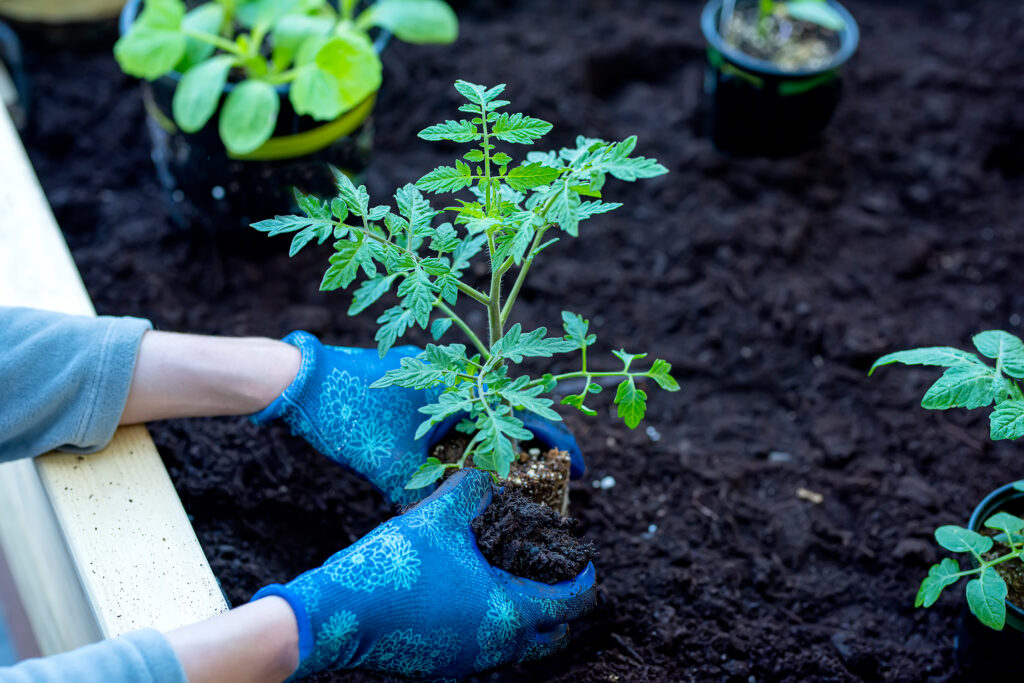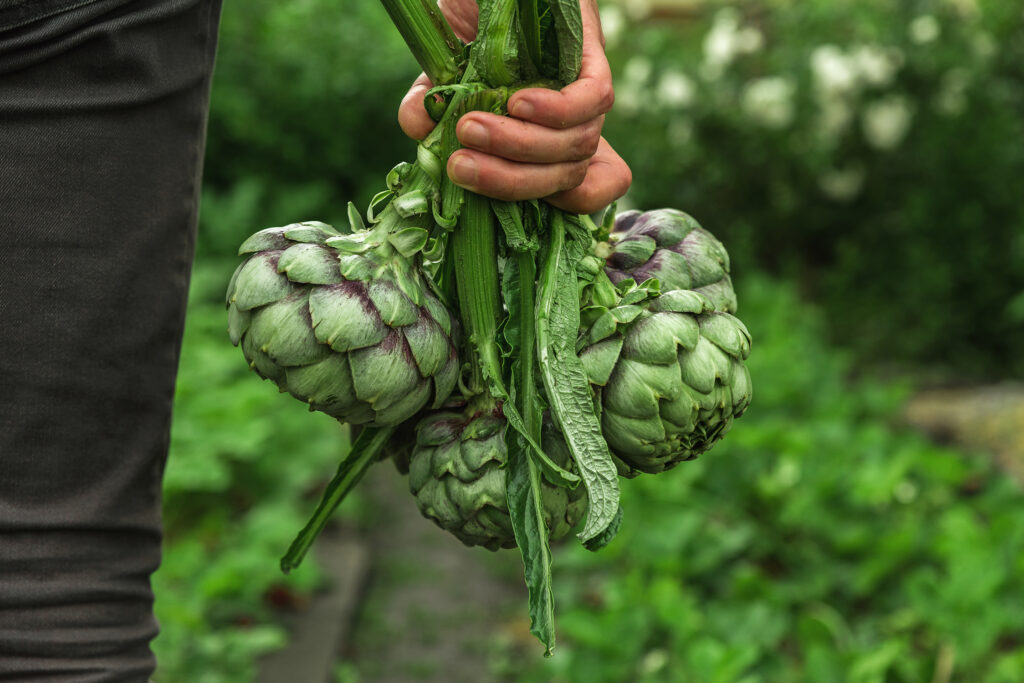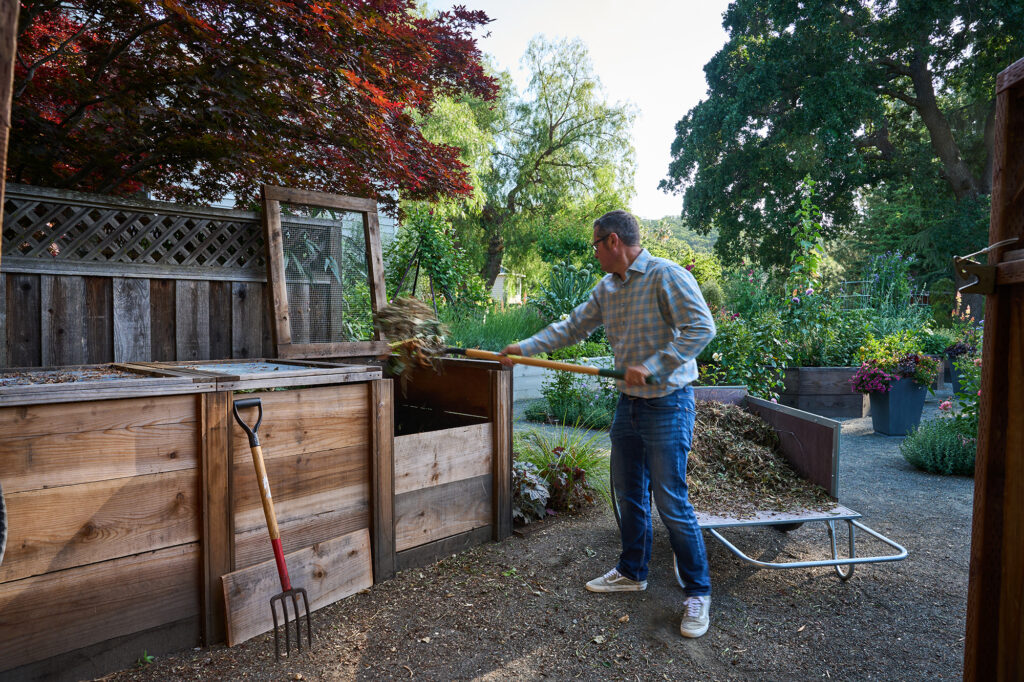
Spring Is Go-Time for Gardening—Don’t Forget These Garden Tasks to Set It up for Success
Here’s your spring garden checklist.

It’s go time in the garden! What to do in your garden no matter where you are in the West.
Plant

Ganna STRYZHEKIN/Getty Images
–Want to experiment with subtropical gardening? Banana, cherimoya, mango, and strawberry guava trees can all be planted now through the beginning of summer.
–It’s tomato transplanting time! Try digging a 6-inch trench and burying two thirds of the transplants on their side rather than in a deep horizontal hole—this will encourage vertical root growth and result in stronger, higher-producing plants.
–For heat-tolerant blooms that will also attract beneficial insects and pollinators to your summer crops, interplant flowers such as cosmos, zinnia, and marigold. Succession-sow seeds every 3-4 weeks for continuous blooms through autumn.
Harvest

samael334/Getty Images
–Change up your usual fava recipe and try fermenting freshly picked broad beans to make the traditional Chinese condiment Sichuan Doubanjiang, a spicy-salty paste used to make classic mapo tofu and miso ramen.
–Artichokes are ready once the head is still tight, but leaf tips are just beginning to pull away from the head. Keep at least 2-3 inches of the stalk attached, making your cut just above a leaf, for prolonged freshness.
Maintain

Thomas J. Story
–Keep an eye on fruiting trees and begin thinning for optimum growth; stone fruit such as peaches and nectarines should be thinned 5-7 inches apart, while smaller varieties can be kept slightly closer on the branch.
–Inspect all raised beds and take care of any repairs or staining before kicking off the growing season. Amend tired soil with 2-4 inches of fresh soil, 2 inches compost, and a combo of growth-enhancing natural fertilizers such as worm castings, alfalfa, and kelp meal.
Protect
–To control powdery mildew, spray off foliage early in the morning to remove fungus spores with a solution of 1 tablespoon baking soda, ½ teaspoon Castile soap, and 1 gallon of water. Remove heavily infected leaves and disinfect all shears between cuts to stop the spread onto other parts of the plant.
–Companion-plant alliums, marigolds, chervil, and fennel alongside your greens and brassicas, which will attract beneficial insects such as parasitic and predatory wasps, lacewings, and ladybugs that kill bad bugs and larvae.
